Products
Functional storage makes your everyday life easier. Elfa has different product lines adapted to different storage needs.
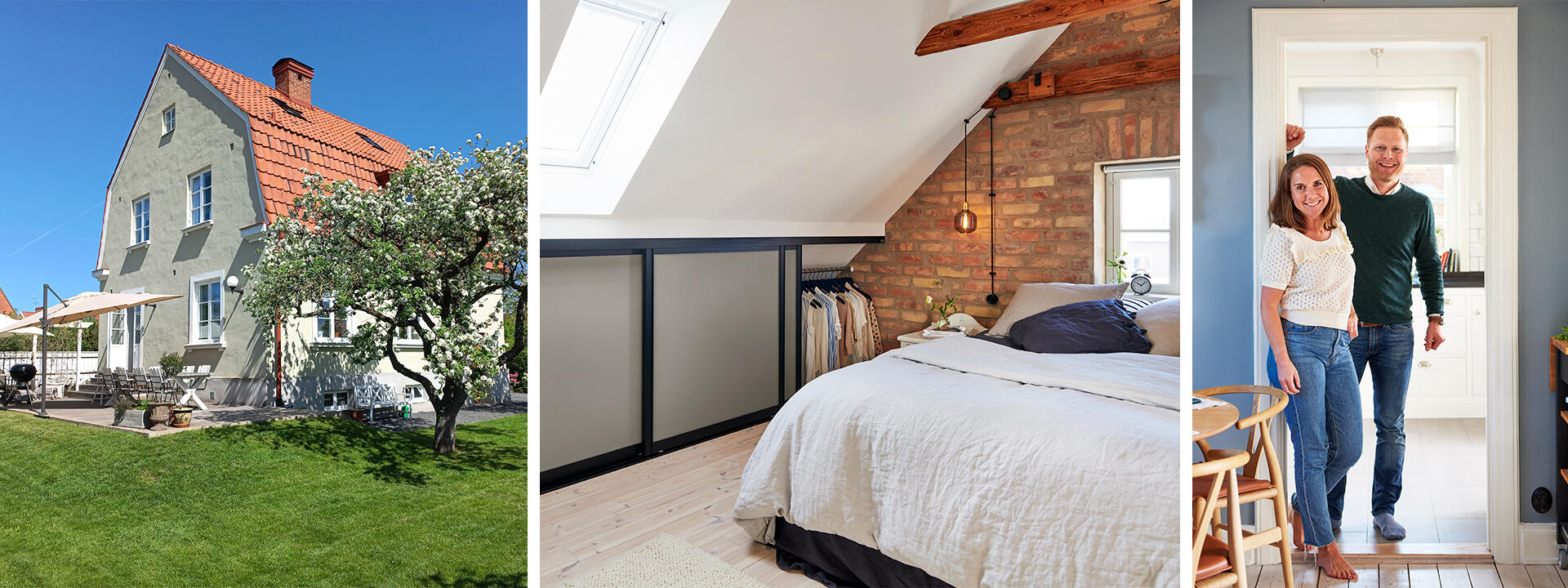

When renovating their 1920s house, the owners wanted to respect the original building, yet at the same time provide storage to meet the needs of a modern family with children. This is how they did it!
By Charlotta Flinkenberg Photos Fredrik Bjelkerud
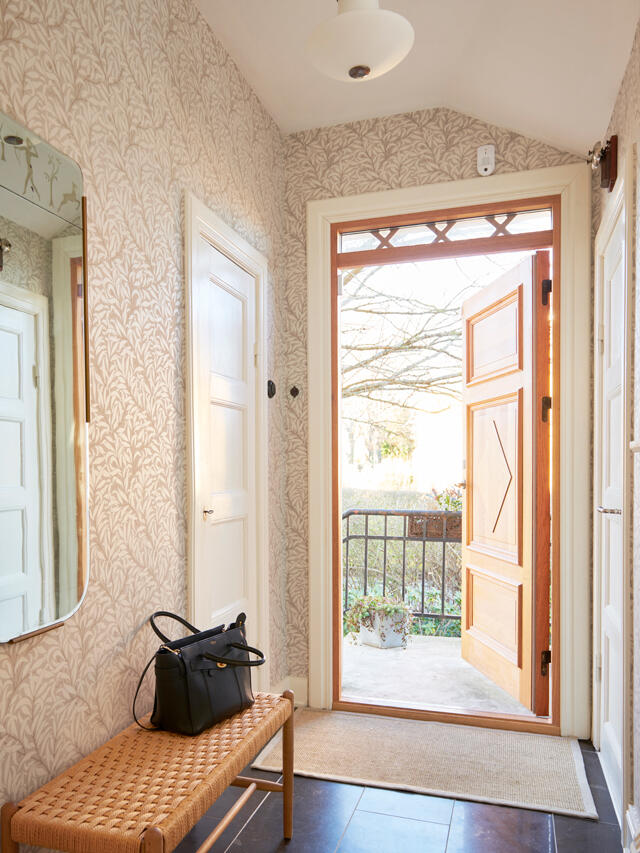

The handy couple spent many evenings and nights, working on one floor at a time in order that they would have somewhere to live during the process. In the course of scraping down walls, renovating floors and windows, as well as repainting, questions relating to storage arose.
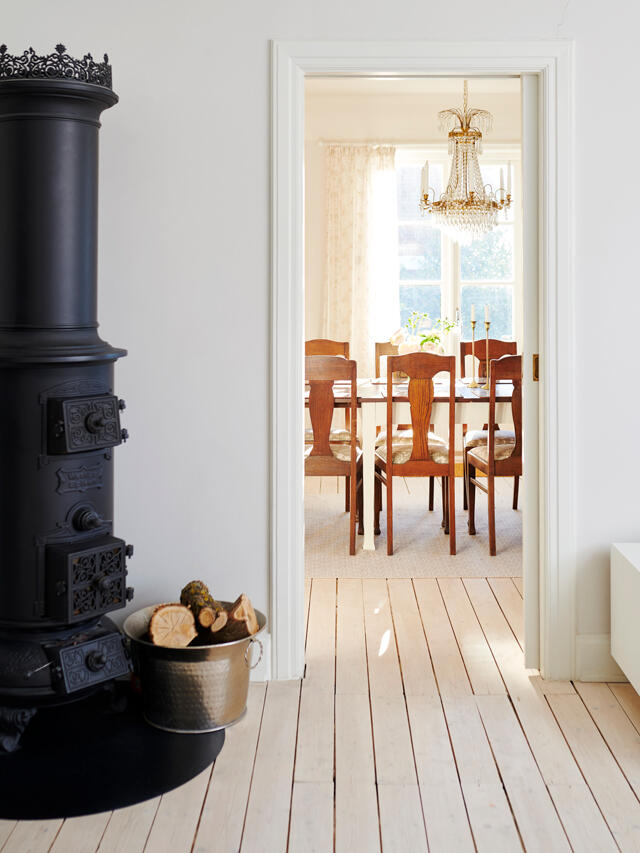

“For us, it is important to respect the original house. There were no freestanding wardrobes in the house, rather everything was in the form of walk-in closets. The function of these is very static, however, so we wanted to change this.”
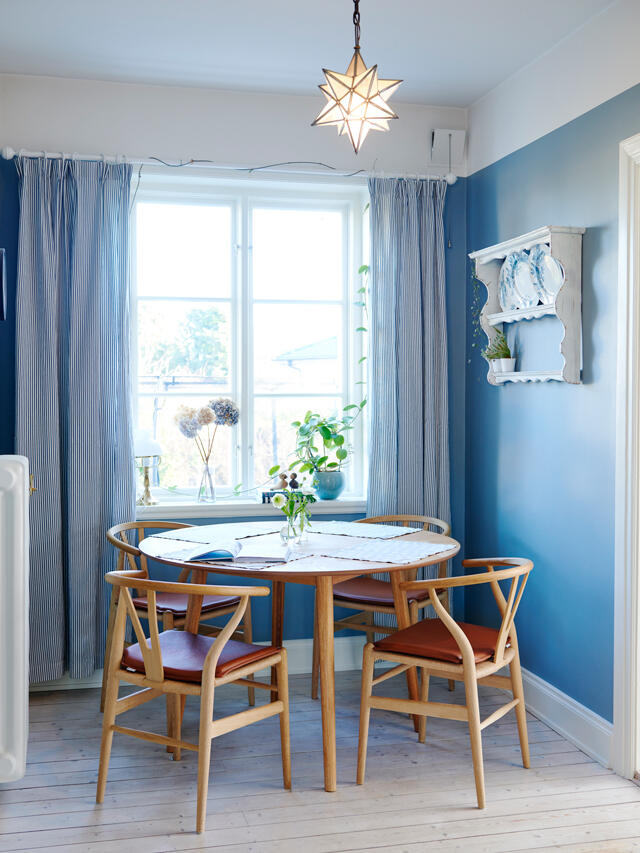

How do you create modern storage using Elfa’s system in an older building, without losing the 1920s feel?
“The storage doesn’t need to be visible: using smart solutions, you can hide clothes and belongings behind a beautiful mirrored door. It is also a good idea to make use of the cellar and concealed areas under staircases and in attics, for example.”
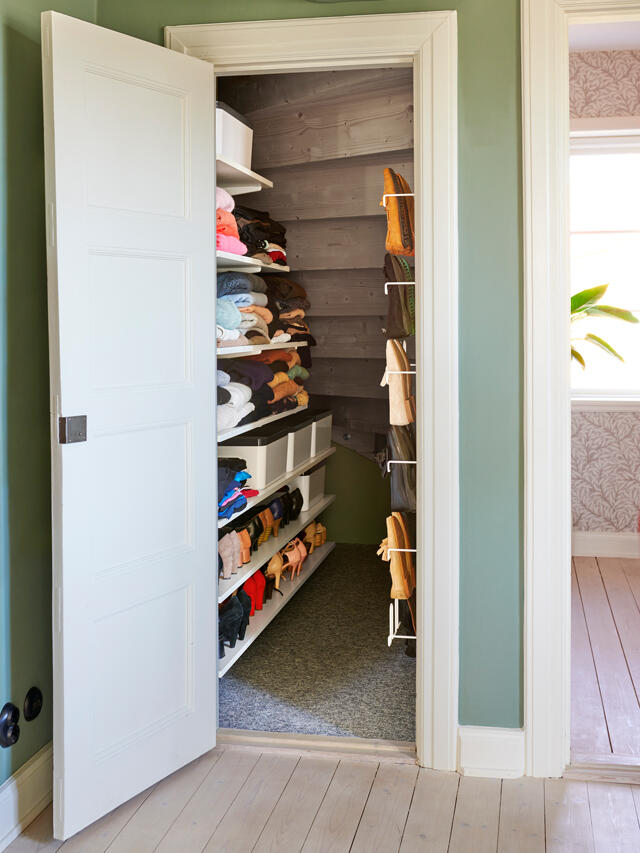

Do you have more advice for keeping things neat and tidy, as there are a lot of people who need to agree about the storage space?
– “Keep the floor space free! In our hallway storage, we quickly realised that we were just throwing our shoes in there when people visited. And so they just stayed all jumbled up on the floor. It was much better to earmark shelves for the shoes from the outset. And build the storage vertically – it saves a lot of space.”


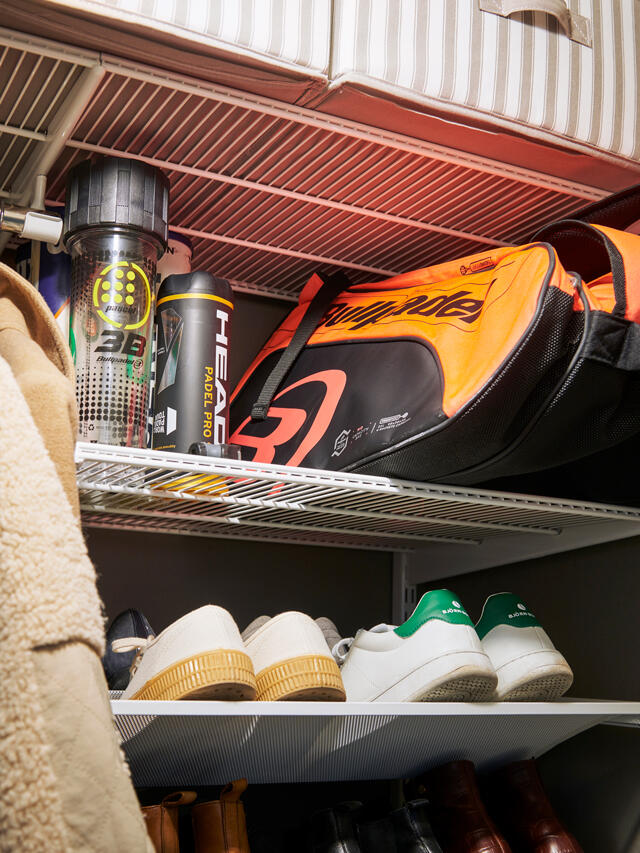



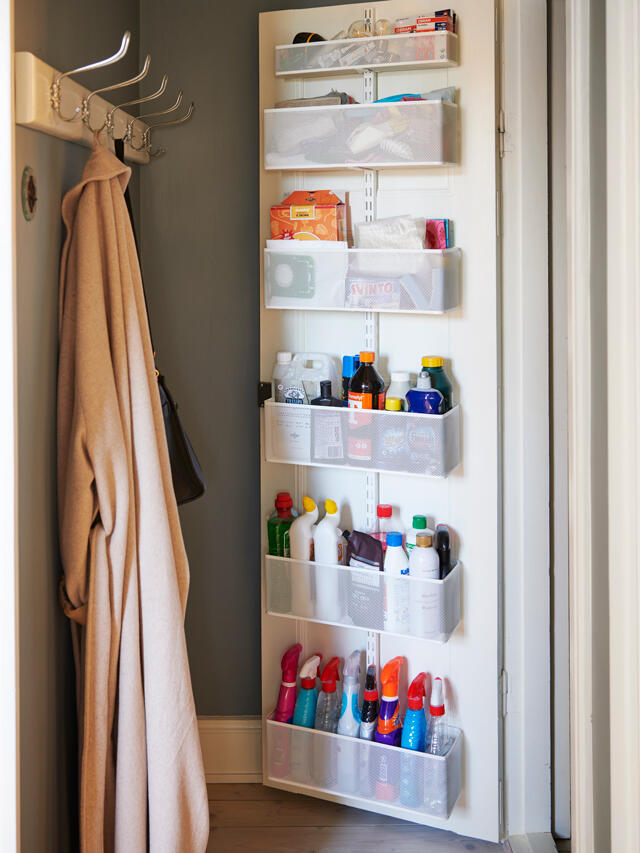

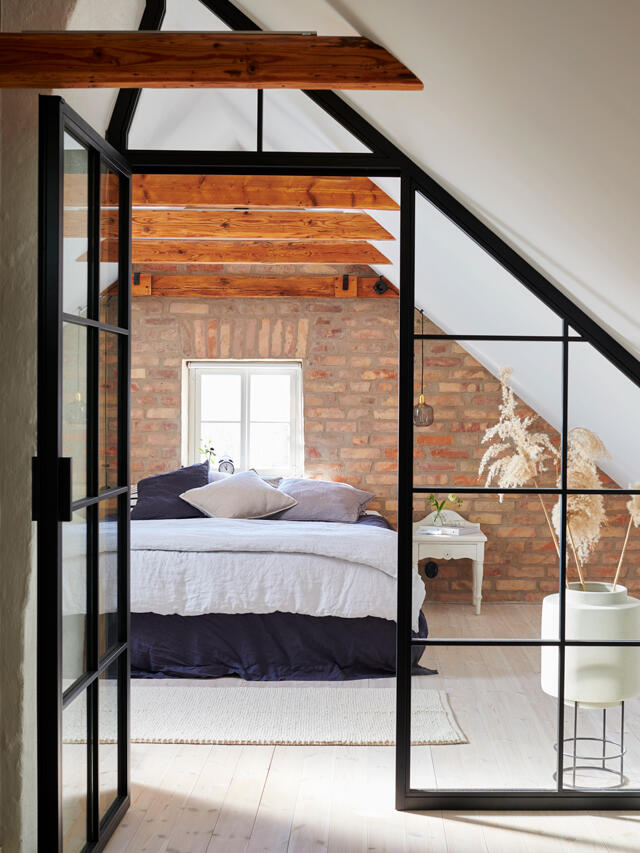

As children grow up, a family’s storage needs change again. For this family, it meant that different members suddenly needed to swap rooms, and what had previously been the parents’ bedroom would now be taken over by their daughter. The couple decided to renovate the attic instead, and locate their master bedroom and workspace there.
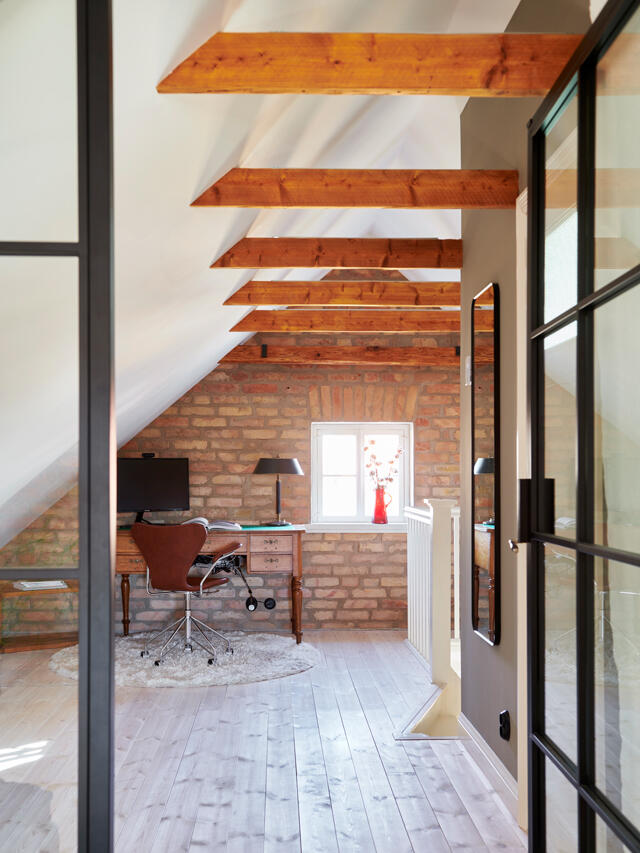

“In the 1920s, people didn’t fit out their attics, so we didn’t have the same strict aspiration to preserve the house’s original feel here. There was greater focus on function instead. We wanted to let in light across the entire area and create a more industrial studio feel, which would also blend in with the other floors thanks to an older type of staircase and other details.”